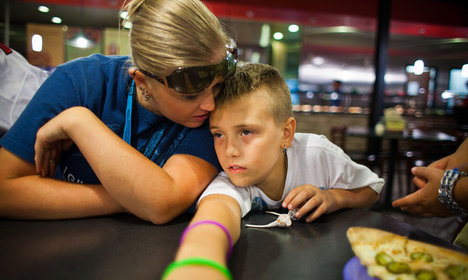(p. 118) Government regulation of consumer genomics companies has been centerpiece (and the semblance of a circus) in their short history. Back in 2008, the states of California and New York sent “cease and desist” letters to the genome scan companies. State officials were concerned that the laboratories that generated the results were not certified as CLIA (Clinical Laboratory Improvement Amendments) and that the tests were being performed without a physician’s order. All three companies developed work-around plans in California and remained operational but were unable to market the tests in New York.
In 2010, the regulation issues escalated to the federal level. In May it was announced that 7,500 Walgreens drugstores throughout the United States would soon sell Pathway Genomics’s saliva kit for disease susceptibility and pharmacogenomics. While the tests produced by all four companies had been widely available via the Internet for three years, the announcement of wide-scale availability in drugstores (which was cancelled by Walgreens within two days) appeared to “cross the line” and set off a cascade of investigations and hearings by the FDA, the Government Accountability Office (GAO), and the Congressional House Committee on Energy and Commerce. The FDA’s Alberto Gutierrez said, “We don’t think physi-(p. 119)cians are going to be able to interpret the results,” and “genetic tests are medical devices and must be regulated.” The GAO undertook a “sting” operation with its staff posing as consumers who bought genetic tests and detailed significant inconsistencies, misleading test results, and deceptive marketing practices in its report.
All four personal genomics companies are struggling.
Source:
Topol, Eric. The Creative Destruction of Medicine: How the Digital Revolution Will Create Better Health Care. New York: Basic Books, 2012.




